For a sustainable ceasefire agreement between Israel and Hamas, the blockade of Gaza must be lifted.
After several failed mediation attempts, the war in Gaza has continued to escalate. Israel has widened its military operations and targeted leaders, rocket bases and tunnels of Hamas and other militant groups, in a bid to destroy their infrastructure and bring them to their knees. Hamas, in turn, has employed the whole of its arsenal to demonstrate steadfastness and improve its own position, both domestically and regionally.
Gaza’s civilians have paid a terrible price. The United Nations (UN) is overwhelmed with Palestinians seeking shelter and humanitarian aid, as nearly a quarter of the coastal enclave’s population has been displaced. The international community must work to achieve an end to the bloodshed.
Prioritizing a Ceasefire
A ceasefire is not impossible, but it will have to address the main interests of Israel and Hamas and allow them to save face. Hamas has an interest in reaching an agreement that would help overcome its regional and international isolation, allowing it to show Palestinians a positive development. An agreement would, therefore, have to include lifting — or at least significantly easing — the Gaza blockade; the release of Palestinians prisoners who were freed in the 2011 prisoner swap with Israel, but were recently rearrested; and for Hamas to be put in a position to pay the salaries of public sector employees. Qatar had agreed to provide funds for the latter, but Israel has so far blocked the transfer. In the past, Hamas has repeatedly proven that it is willing and capable to abide by a ceasefire, and prevent other groups from firing rockets at Israel.
Israel has no interest in destroying Hamas — even if prominent hard-liners in the government coalition demand exactly that — as it would risk making Gaza ungovernable. Apart from the fact that it is nearly impossible to wipe out a movement that has such a broad support base among Palestinians, pushing Hamas underground would not lead to a calming of the situation. Rather, in the ensuing chaos, an upsurge of even more radical forces would be expected.
Mahmoud Abbas, the president of the Palestinian Authority (PA), is in no position to protect Gaza’s population or even to influence the course of the conflict. After the collapse of Israeli-Palestinian negotiations in late April, Abbas cannot point to any promising alternative to violent “resistance.”
The idea that a legitimate Palestinian government — made up of moderate forces who are ready to cooperate with Israel — could return to power in Gaza on the back of Israeli tanks is a non-starter. That would leave Israel with the only option of a renewed military presence in Gaza. This thought is unappealing to Israeli Prime Minister Binyamin Netanyahu, as it would not only mean that Israeli soldiers would be easy targets for attacks and attempted kidnappings. It would also contradict Israel’s interest in no longer assuming direct responsibility for the 1.8 million inhabitants of the Strip, as it claims to have ended the occupation with its withdrawal in 2005. From an international law perspective, this claim does not hold since Israel — apart from Gaza’s border with Egypt — still controls the enclave’s land and sea borders as well as its airspace.
In the current conflict, the European Union (EU) and the United States quickly chose Israel’s side. They have emphasized Israel’s legitimate right to self-defense and widely echoed its ceasefire demands, such as the need for continued Israeli operations to destroy “terror tunnels” and a demilitarization of Gaza. At the same time, while the EU and the US have urged both sides to avoid civilian casualties, they have demonstrated little urgency or creativity to reach an acceptable ceasefire for Israel and Hamas.
That, of course, has become much more difficult than in the past. Egypt can no longer be considered as an honest mediator. Cairo views Hamas, which is an offshoot of the Muslim Brotherhood, as a terrorist organization that should be squashed. Therefore, credible talks and a reconciliation of interests are hardly possible. Qatar and Turkey, which both hold good ties with Hamas, have been rejected as mediators by Israel. US Secretary of State John Kerry was strongly accused by Israel as acting on behalf of Hamas, when he presented a ceasefire proposal that took at least some Palestinian demands into account.
Breaking the Cycle of Destruction, Rearmament and Despair
For the time being, the priority should be on humanitarian aid to allow UN agencies to alleviate the suffering caused by the war and to end the bloodshed. Such an arrangement would, however, not be sufficient to reach sustainable stability.
Since the 2005 Israeli withdrawal, violent confrontations in and around the Gaza Strip have been a regular occurrence. Time and time again, the Israel Defense Forces (IDF) intervene in order to, as leading Israeli strategists put it, “mow the lawn” — in other words, to deplete weapons stockpiles in Gaza and target leaders of various militant groups. For their part, these groups use the periods in between fighting to stock up on or manufacture homemade weapons with an ever wider reach.
Mahmoud Abbas, the president of the Palestinian Authority (PA), is in no position to protect Gaza’s population or even to influence the course of the conflict. After the collapse of Israeli-Palestinian negotiations in late April, Abbas cannot point to any promising alternative to violent “resistance.” Among Palestinians, he has been harshly criticized for his continued security cooperation with Israel, amid mass arrests in the West Bank and military action in Gaza. At the same time, the costs of humanitarian aid, the alleviation of the blockade’s socioeconomic effects, and repeated reconstruction needs are passed onto the international community.
In the end, a sustainable stabilization and demilitarization of Gaza will only be achieved in the frame of an Israeli-Palestinian peace agreement, one which allows for Palestinian independence in a viable state, including the Gaza Strip. For now, the Middle East Quartet — the US, the EU, the UN and Russia — must assist in not only reaching a truce, but a long-term ceasefire that breaks the cycle of destruction, rearmament and despair. This would necessitate first and foremost the lifting of Gaza’s blockade alongside efforts for a long-term truce.
The Palestinian power-sharing agreement, which was reached in April, provides the basis for the PA to not only be involved in controlling border crossings — as with the Erez crossing — but also for the Palestinian national consensus government to assume full control. The international community should, therefore, support and empower the new government rather than call for a PA or Fatah takeover of Gaza. On top of it,Palestinian factions, Israel and Egypt would have to commit to regulated and internationally monitored border traffic. In this context, a revamped European border assistance mission could have a relevant role. This should be complemented by a significant widening of zones in which Palestinian fishermen are allowed to operate in Gaza waters, and a resumption of the 2005 plans for the construction of a port.
Gaza’s export-oriented economy will only get back on its feet when the blockade is permanently lifted. Only then will the dependency of the population on international donors and Hamas be reduced. And only then can the grave environmental problems be tackled, which pose an existential threat to life in Gaza. A failure to address such issues could, as the UN fears, make the territory unlivable in a few years.
*[A version of this article was originally published by the Stiftung Wissenschaft und Politik (SWP), and was translated from German to English by Manuel Langendorf.]
The views expressed in this article are the author’s own and do not necessarily reflect Fair Observer’s editorial policy.
Support Fair Observer
We rely on your support for our independence, diversity and quality.
For more than 10 years, Fair Observer has been free, fair and independent. No billionaire owns us, no advertisers control us. We are a reader-supported nonprofit. Unlike many other publications, we keep our content free for readers regardless of where they live or whether they can afford to pay. We have no paywalls and no ads.
In the post-truth era of fake news, echo chambers and filter bubbles, we publish a plurality of perspectives from around the world. Anyone can publish with us, but everyone goes through a rigorous editorial process. So, you get fact-checked, well-reasoned content instead of noise.
We publish 2,500+ voices from 90+ countries. We also conduct education and training programs
on subjects ranging from digital media and journalism to writing and critical thinking. This
doesn’t come cheap. Servers, editors, trainers and web developers cost
money.
Please consider supporting us on a regular basis as a recurring donor or a
sustaining member.
Will you support FO’s journalism?
We rely on your support for our independence, diversity and quality.


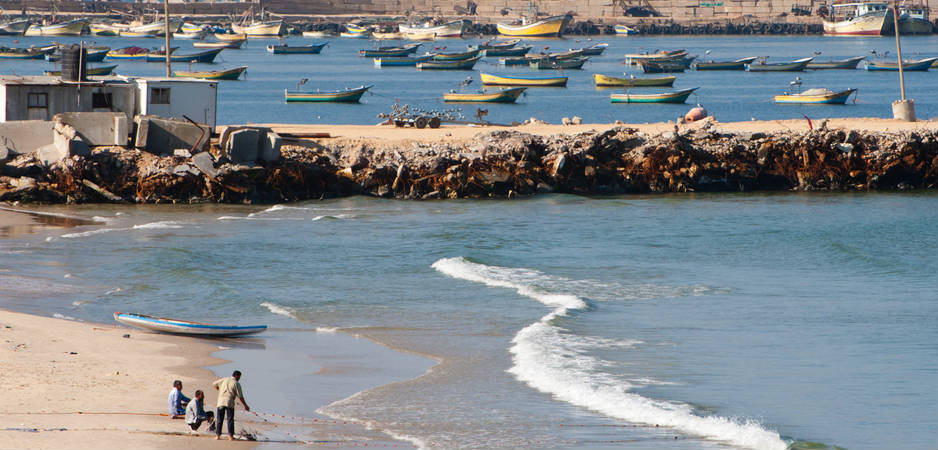
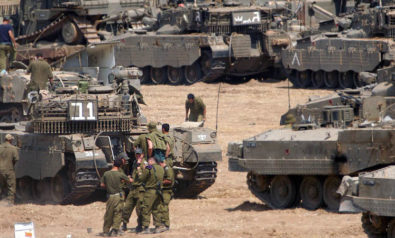
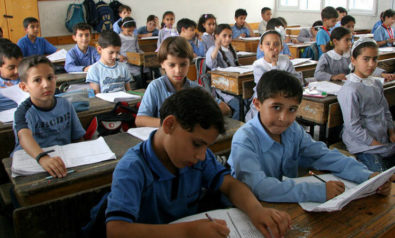

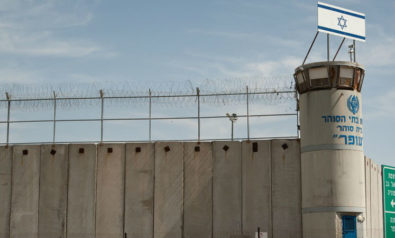
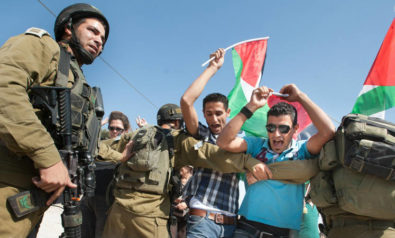
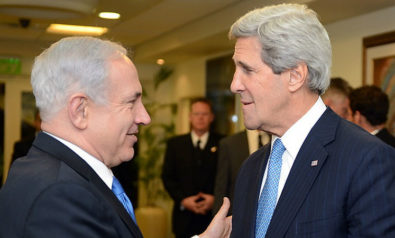
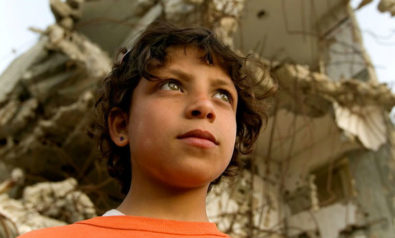

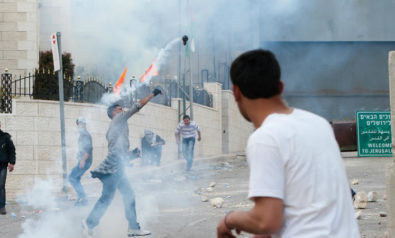
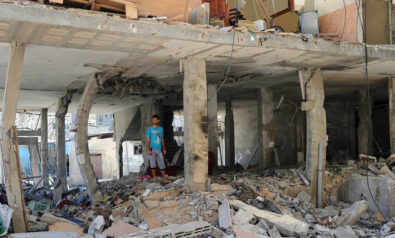
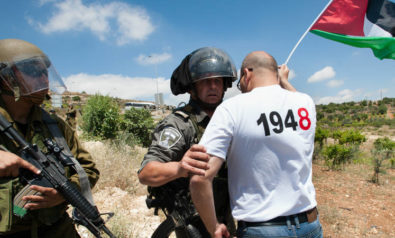
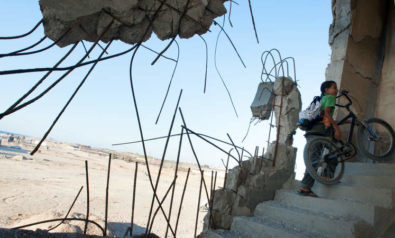

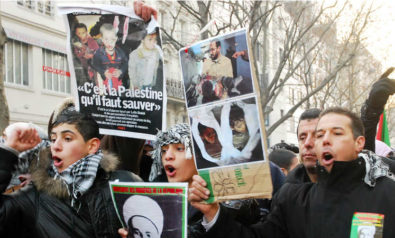
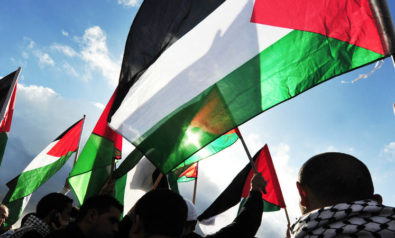
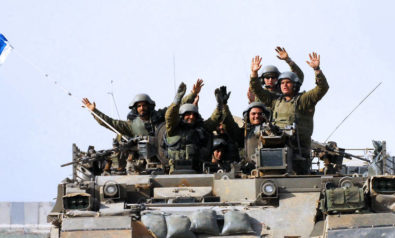
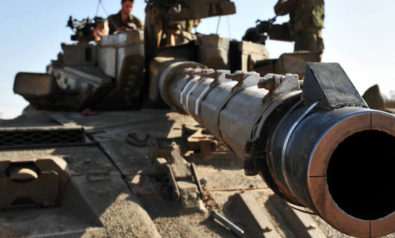
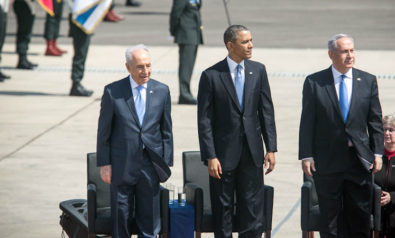
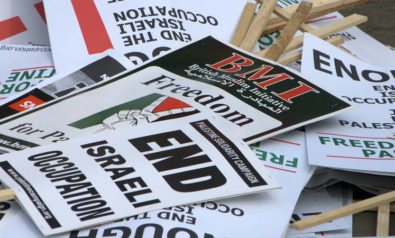
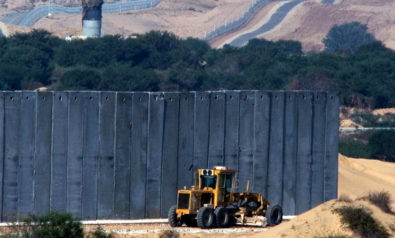
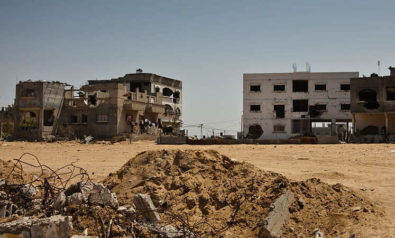

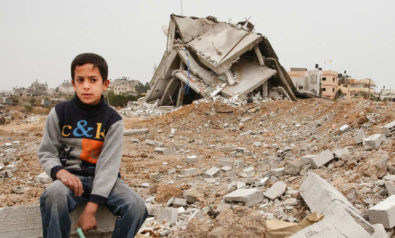
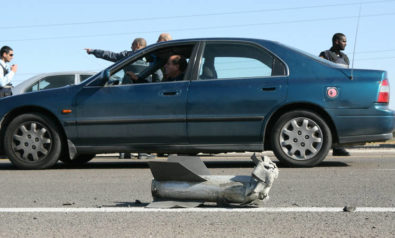
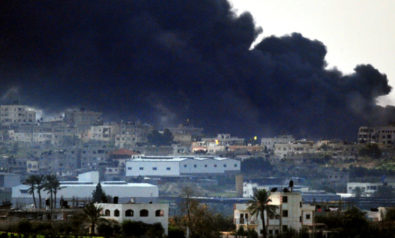
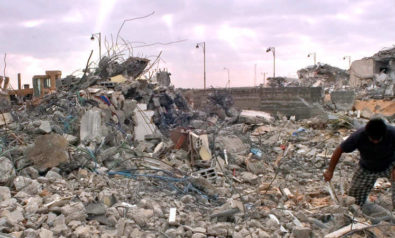
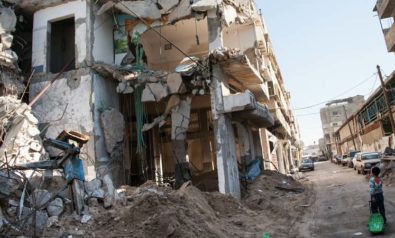
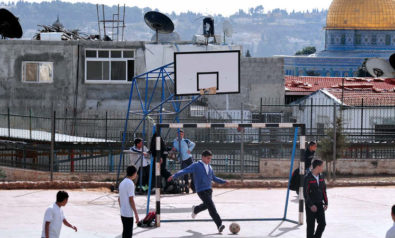

Comment